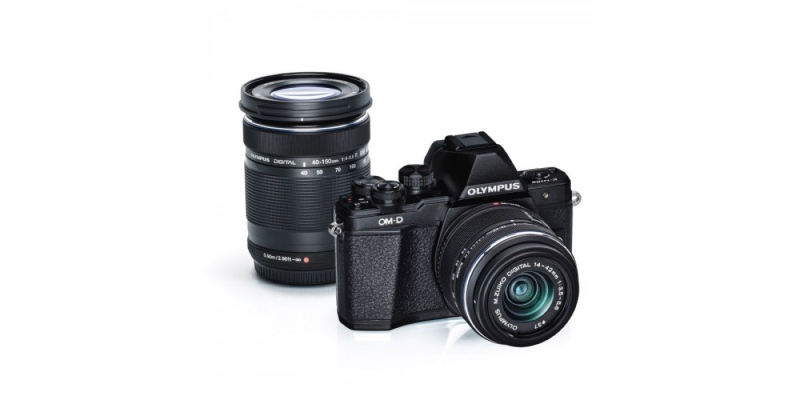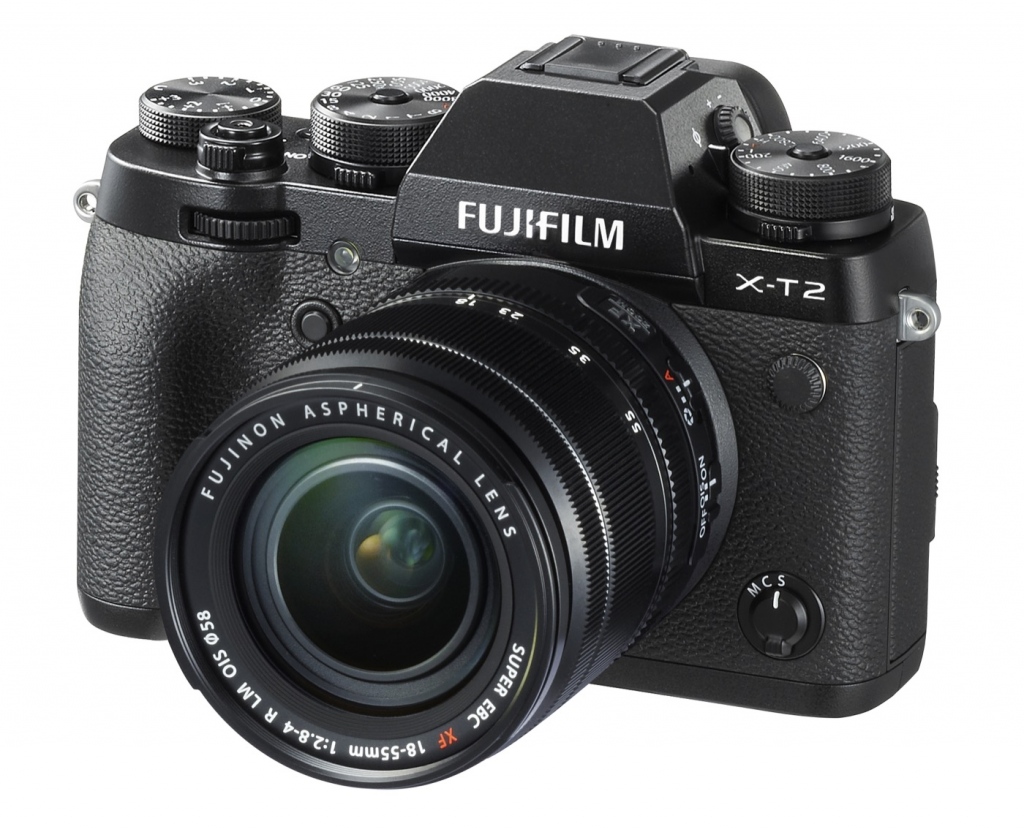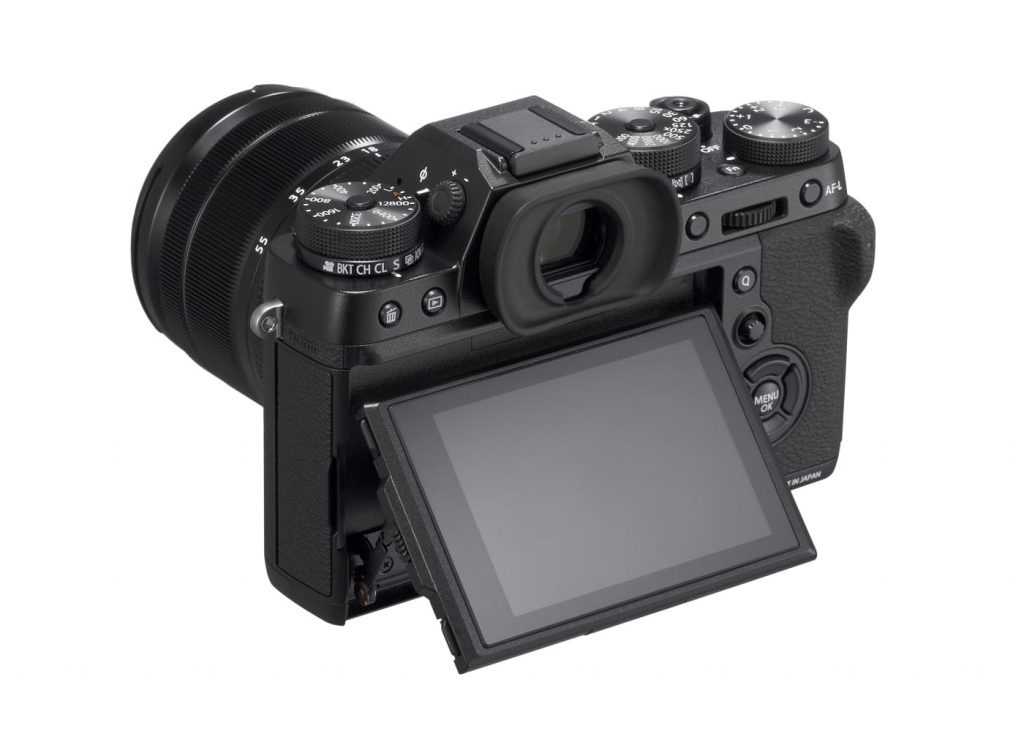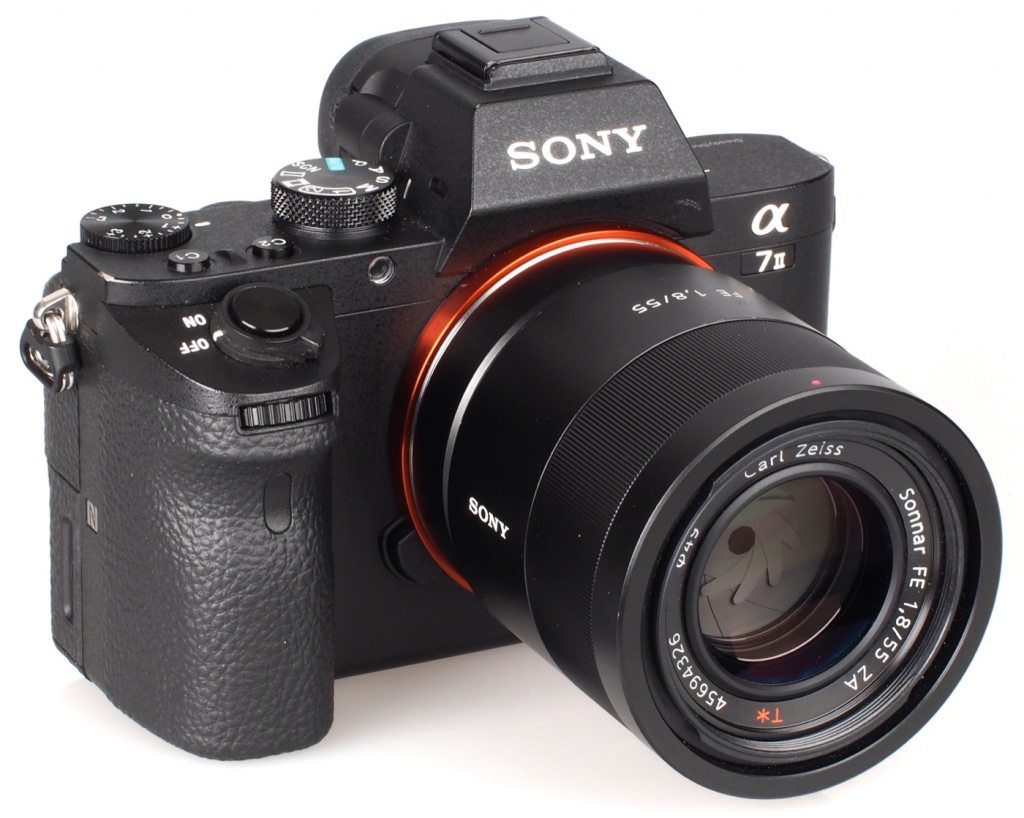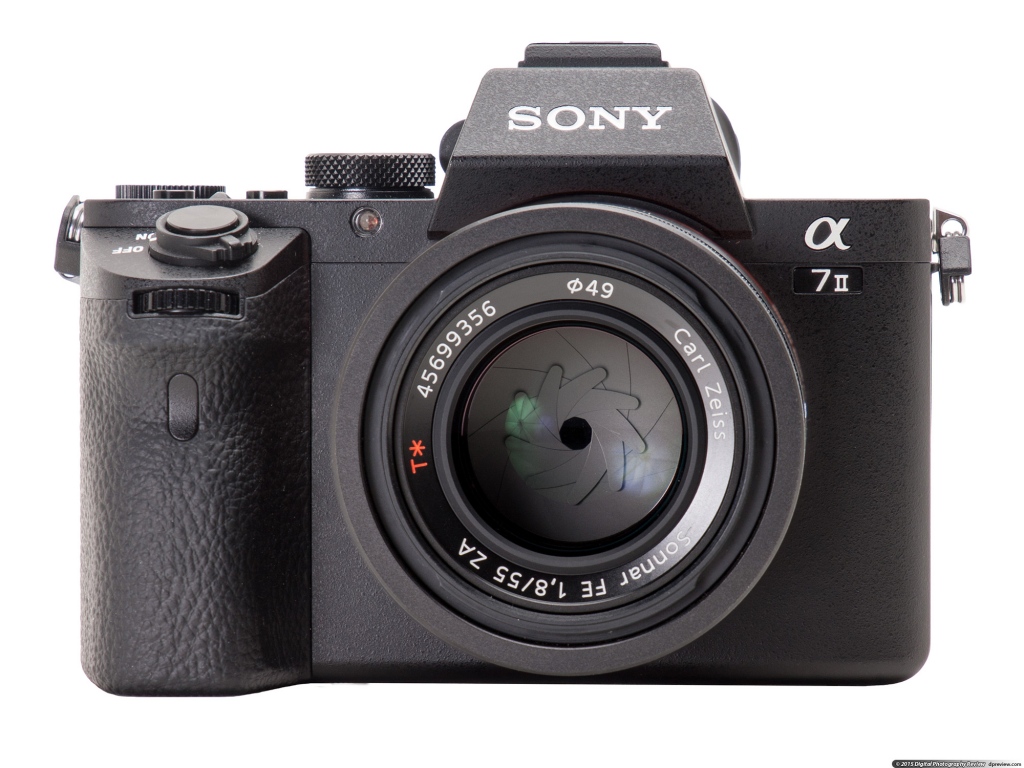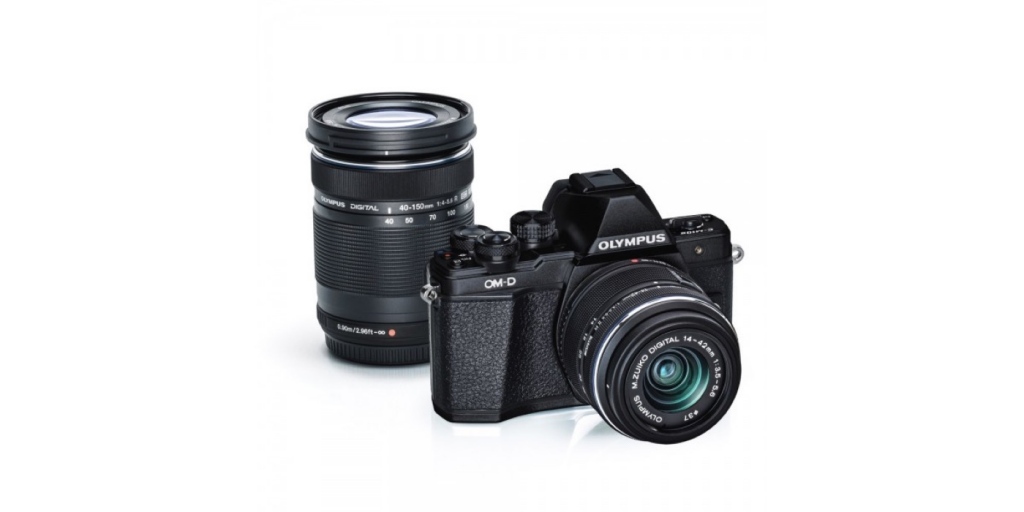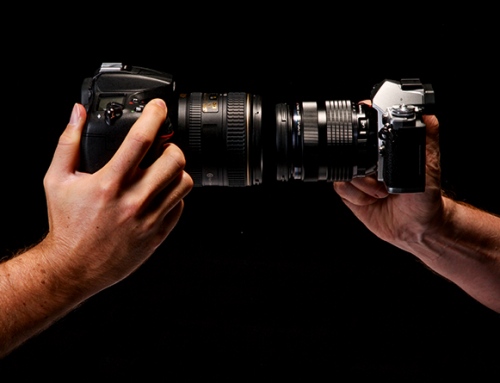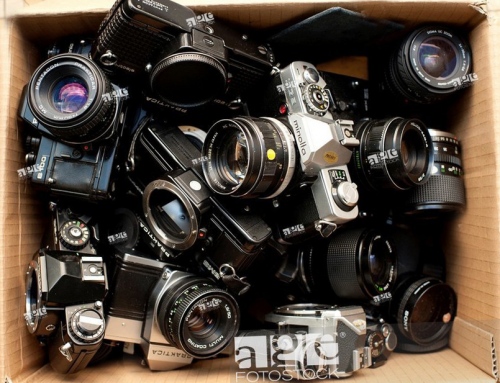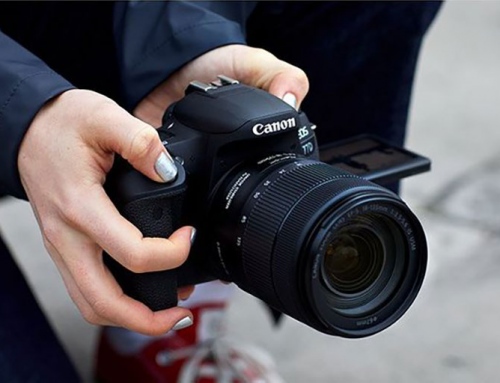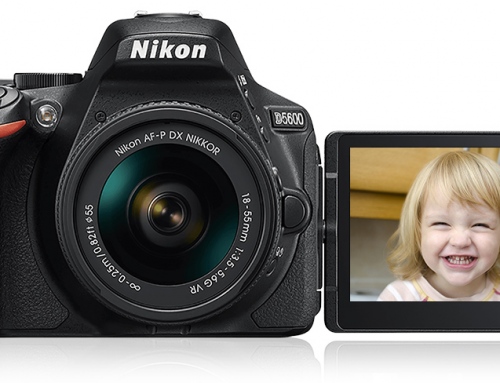Mirrorless cameras are all the rage right now. Small, lightning quick and affordable; mirrorless cameras can now produce images like those out of a proper DSLR without you having to carry around that kind of weight. But with so many brands and hundreds of models, it is very difficult to choose the best mirrorless camera that offers the most value.
To make your life simpler, here are the 4 best mirrorless cameras with different prices and sensor types, which offer excellent image quality, body design, video features and much more.
Fujifilm X-T2
This is arguably the one crop sensor mirrorless camera which has it all right – specs and design-wise. Metal dedicated dials for shutter speed, ISO and exposure compensation with a 3” tilting screen and an OLED Viewfinder. This camera feels and handles perfectly, especially because of it’s weather-sealed body.
At the heart of the X-T2 lies a 24.3 megapixel APSC X-Trans CMOS III sesnor, with no OLPF, and the X-processor Pro engine, which ensures excellent details and dynamic range even in low light.
ISOs upto 6400 look flawless, and if need be, you can easily use ISO 12,800 too. The powerful engine allows a shooting speed of 8 fps with full tracking of the subject. With 325 autofocus points and on-sensor phase detection, autofocus is accurate and quick. The Fuji X-T2 nails focus everytime, and it is even better for focusing right on the eyes when face-detection is On.
For video, users get a range of Fujifilm video simulations and effects. Better than that, the camera offers internal UHD 4K video as well as an 8-bit 4:2:2 HDMI output, along with other usual video settings. There is also an F-log Gamma setting for capturing a flat profile for better grading.
All in all, the X-T2 is perfect for both stills and video. It is a beautifully designed camera with an excellent sensor, accurate autofocusing and 4K in a weather-sealed compact body. No wonder it gets the top place.
Sony Alpha a7 Series (a7 II, a7R, a7S)
With a price of around $1500, the Sony a7 II is similar to the Fuji X-T2. They are both high end Mirrorless cameras. The main difference though, is the 24 megapixel CMOS full-frame sensor. Being a company that is almost always technologically ahead, the Sony a7 II has many impressive features like the 5-axis image stabilization built in the body itself, Wi-fi, S-log2 for video and the high-bit-rate XAVC S format with 60p, 30p, and 24p recording options, all at 50 Mbps.
The trade-off is that the camera as a whole is a relatively big mirrorless camera and not very portable like the a6300. But because of a bigger body, you are at least getting a bigger grip and a better screen and EVF, plus a full-frame sensor and excellent image quality.
The a7 II, unlike Sony a7r and 7s, uses on-sensor phase detect autofocus with 117 phase detect points, along with the usual contrast detect. The only downside is that the coverage is not very good, and you have to keep your subject in the central portion of the frame. Even the shooting speed is a slow 5 fps, which is a suprise when you see that the camera has the BIONZ X processor.
There are many more features which the a7 II is equipped with, but many of them are hidden away. Apart from the relatively bulky build, a slow shooting speed and a complicated menu system, there is nothing which the Sony a7 II has got wrong.
But, if at all you are looking for something more, there is the more recent Alpha a7R, which has a mammoth 36 MP sensor without an optical low pass filter. There is also the a7S, which may not have a huge megapixel count, but it has a top-of-the-line sensor with ultra high ISO sensitivity of 409600. Low light won’t be a problem now, will it ?
Olympus OMD E-M10 Mark II and Sony a6500
This small but stylish Micro four-thirds camera is the least expensive mirrorless in this list, with a shockingly low price of $500. This Micro four-thirds mirrorless camera offers a time-tested 16 MP sensor, a stylish body with highly customizable controls, a host of features for all levels of photography, and a very nice electronic viewfinder. It is certainly excellent value for money.
The E-M10 was already a great camera. The E-M10 Mark II builds up on that, with the 5-axis image stabilization, touch autofocus, a higher resolution EVF and an electronic shutter now included. Moreover, 3 well-placed dials on top and features like Wi-fi make this mirrorless a joy to use.
But because of the limitations of its smaller sensor, continuous focusing and low light performance are the few weak points of this compact package. Its 81 AF points are quick in single shot and even better in face detection mode, but not great when you are trying to keep up with the action. Similarly, the video is not that great, and you should expect this to do only casual vacation videos.
Don’t get me wrong, the smaller sensor may not be the best in low light, but its image quality and color rendition are amazing. If you are looking for a comfortable and easy to use camera without breaking the bank, this is the camera to buy.
In case your budget is bigger, you can consider the very recent Sony a6500 too. With a weather resistant metal body and a 24 MP sensor and a 275 point phase detect hybrid autofocus, this one is a strong contender too. The a6500 is a fast and steady shooter at 11fps with 5 axis stabilization, and has a front-end image processor, which is Sony’s best. Being a successor of the already excellent a6300, the a6500 is a top-notch camer, only with a bigger price tag.
So, I hope you found a mirrorless camera that you can buy for yourself. There are many more mirrorless cameras in the market, and if you look at smaller brothers and sister models of these cameras, you may find something even better suited to your budget. Just keep in mind what you will be buying the camera for and how much you want to invest in lenses and accessories, and you will find the perfect camera for yourself.
